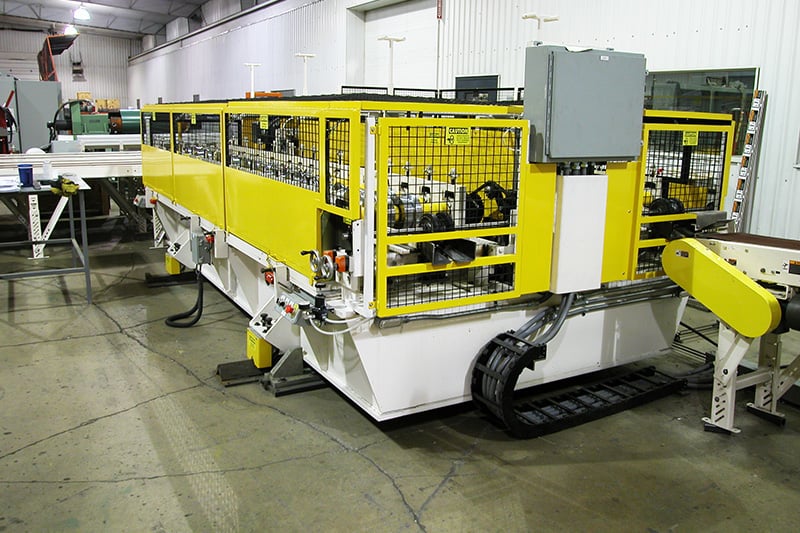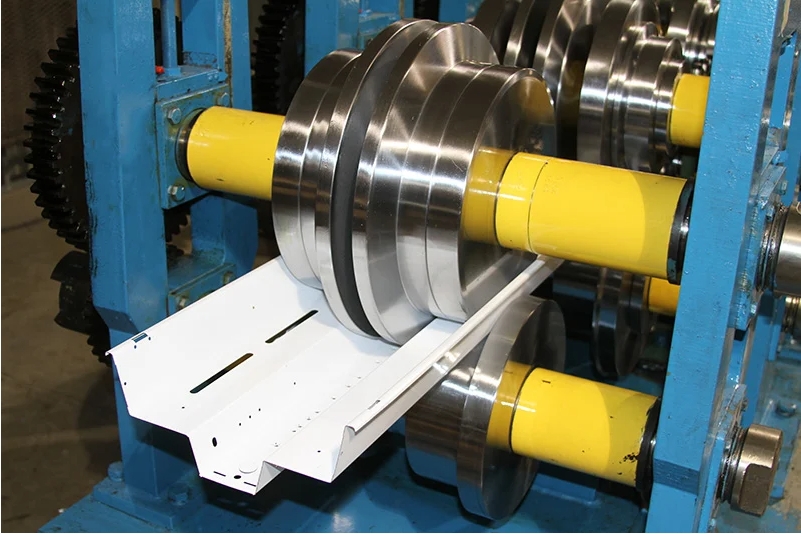Navigation Menu
Contact Us
- Email:
- info@wxavatar.com
- Address:
- Yurong Village, Yuqi Street, Huishan District, Wuxi, China.
Release Date:Jun 26, 2025 Visit:37 Source:Roll Forming Machine Factory
In the lighting machinery industry, supply chain resilience has become a critical factor for maintaining consistent production and meeting customer demands. Recent global disruptions have highlighted the vulnerabilities of overly centralized or inflexible supply networks. For manufacturers of lighting production equipment, robust supply chain management ensures reliable access to components, minimizes production delays, and supports long-term business continuity.

Key Benefits of a Resilient Supply Chain
1. Minimizing Production Disruptions
Lighting machinery providers rely on specialized components, from precision optics to automated control systems. A resilient supply chain with diversified sourcing reduces the risk of shortages caused by geopolitical issues, logistical delays, or supplier bottlenecks.
2. Meeting Fluctuating Market Demands
The lighting industry experiences shifts in demand due to technological advancements and changing consumer preferences. A flexible supply chain allows machinery providers to scale production up or down efficiently, ensuring they can deliver equipment when customers need it.
3. Reducing Lead Times and Improving Customer Satisfaction
By optimizing inventory management and supplier relationships, lighting machinery manufacturers can shorten lead times. This responsiveness enhances customer trust and strengthens business partnerships.
4. Cost Control Through Strategic Sourcing
Overreliance on single suppliers or regions can lead to price volatility. A resilient supply chain incorporates multiple vetted suppliers, enabling better negotiation power and cost stability.
Strategies for Enhancing Supply Chain Resilience
1. Supplier Diversification
Relying on a single source for critical components poses significant risks. Leading lighting machinery providers are expanding their supplier networks across different regions to mitigate potential disruptions.
2. Inventory Buffering for Critical Parts
Maintaining strategic stockpiles of essential components ensures that production can continue even during temporary supply shortages. Just-in-case (JIC) inventory strategies are gaining traction alongside just-in-time (JIT) models.
3. Digital Supply Chain Monitoring
Advanced analytics and IoT-enabled tracking provide real-time visibility into supplier performance, logistics delays, and potential risks. Predictive analytics help manufacturers anticipate and mitigate disruptions before they impact production.
4. Collaborative Supplier Relationships
Long-term partnerships with key suppliers foster better communication and contingency planning. Some manufacturers are even co-developing alternative sourcing strategies with suppliers to enhance mutual resilience.
Challenges in Building a Resilient Supply Chain
While supply chain resilience is crucial, implementing it requires careful planning. Increased inventory and diversified sourcing may raise short-term costs. Additionally, managing multiple suppliers demands stronger logistics coordination and quality control measures.
The Future of Supply Chain Management in Lighting Machinery
As automation and AI-driven logistics advance, lighting machinery providers are expected to adopt smarter supply chain solutions. Blockchain technology may enhance transparency, while regionalized manufacturing hubs could reduce dependency on global shipping routes.

Conclusion
Supply chain resilience is no longer optional for lighting machinery providers—it is a necessity for sustainable operations. Companies that invest in diversified sourcing, digital monitoring, and strategic inventory management will be better positioned to navigate uncertainties and maintain a competitive edge. By prioritizing supply chain stability, manufacturers can ensure consistent delivery of high-quality machinery while adapting to an ever-evolving industry.